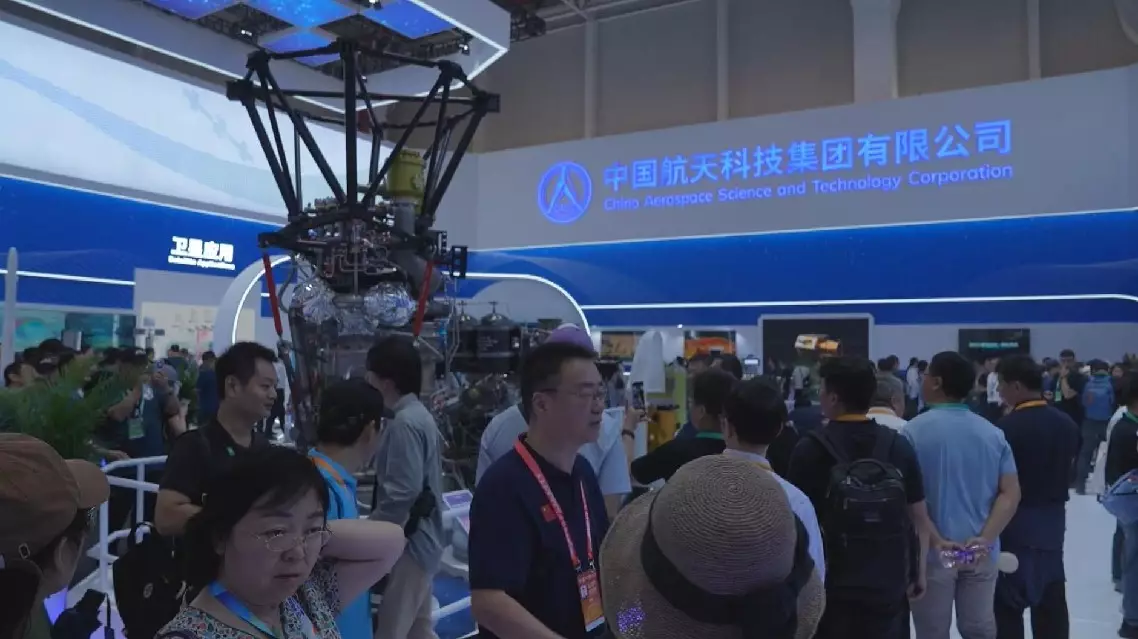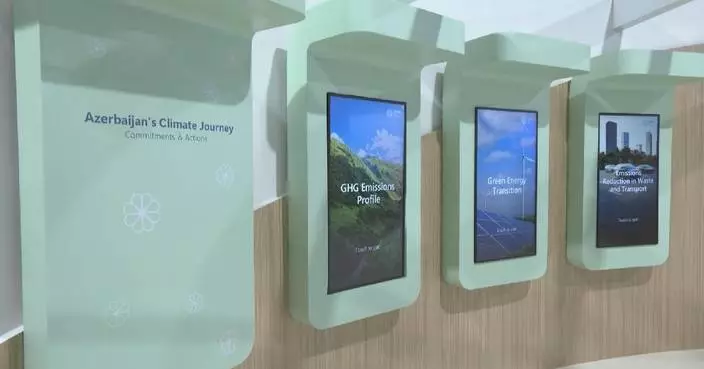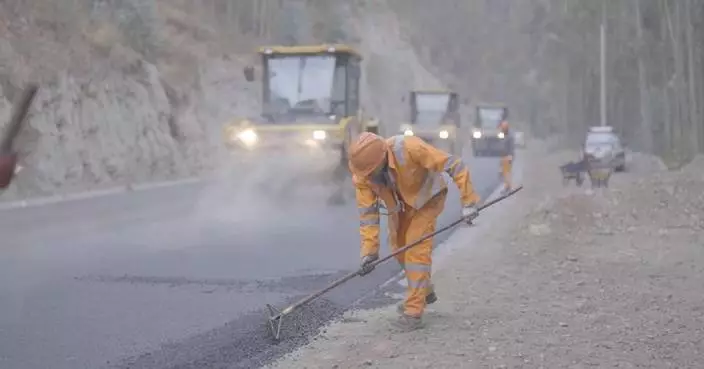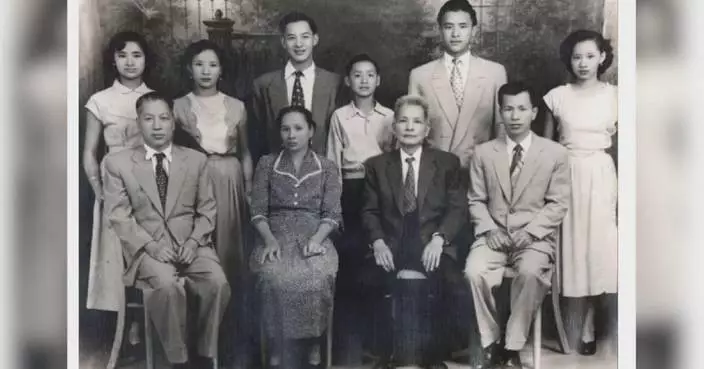A Chinese navy carrier strike group led by the Shandong aircraft carrier has conducted a blue-water exercise across multiple sea regions including the South China Sea and Western Pacific, enhancing its long-distance combat capabilities by simulating various combat scenarios.
In its real-combat training at the South China Sea, the carrier strike group launched an aviation strike conducted by a J-15 fighter formation spearheaded by two J-15 fighters. The two fighters accurately hit the targets with missiles after arriving in the designated airspace and then returned with the formation, remaining on standby for following missions.
The group then swiftly maneuvered to advantageous positions to launch next-round attacks.
"This blue-water training highlighted tactical context and challenging circumstances. The conditions for carrier-based aircraft to take off and land were tougher, requiring better coordination. We have done better on integrating combat systems, while getting more mature and flexible in utilizing combat capabilities," said Cong Zhouyu a sailor on the Shandong aircraft carrier.
The exercise also included a resupply training, during which the group synchronized its speed and direction with the comprehensive supply ship Chaganhu, rapidly maneuvering to the replenishment positions, with the warships receiving supplies from the Chaganhu simultaneously.
"This time, the training modules were set in an all-around, multi-level manner, further honing the carrier strike group's capabilities such as maintaining a continuous alert status and staying combat-ready. The exercise also nurtured the sailors' valor in long-distance operations, enhancing the carrier strike group’s systematic capabilities in blue-water joint combat," said Wang Dengnan, a sailor on the Shandong.

Chinese navy's carrier strike group conducts blue-water exercise
The 15th China International Aviation and Aerospace Exhibition, which opened Tuesday in Zhuhai City of south China's Guangdong Province, showcases several advanced liquid-propellant rocket engines that promise to shape the future of space exploration.
Among the highlights is an 80-ton reusable liquid oxygen-methane engine, which stands out for its economic viability and potential for extensive application in reusable rocket designs. The efficiency of methane positions this engine as a pivotal component for future space missions.
"This engine's most significant feature is its complete reusability, with a capability of at least 50 uses. It has successfully gone through various development tests and is now ready for flight," said Song Dekun from China Aerospace Science and Technology Corporation.
The 80-ton liquid oxygen-methane engine is tailored for the burgeoning commercial space market, offering substantial thrust while being engineered for reusability. Next to it, another engine designed for commercial space endeavors is on display - a high-altitude engine utilizing liquid oxygen and kerosene as fuel.
"It has a thrust of 72 tons and will be used in the rocket's second stage. The first stage carries the rocket to altitudes of 50 to 60 kilometers, and the second stage operates from there up to 200 kilometers and even into low Earth orbit, where it must ignite in near-vacuum conditions, requiring precise ignition capabilities," said Liu Shang from China Aerospace Science and Technology Corporation.
Liu added that this engine is delivery-ready and is projected to undertake its inaugural flight in 2025, further solidifying China's position in the global aerospace landscape.
Popularly known as the Zhuhai Airshow, the premier aviation event has attracted 1,022 companies from 47 countries and regions this year, with Russia, France, the United States, Saudi Arabia and Italy participating in the air show in groups. The airshow is scheduled to last through Sunday.

Cutting-edge liquid-propellant rocket engines at Zhuhai Airshow to benefit future space travel










